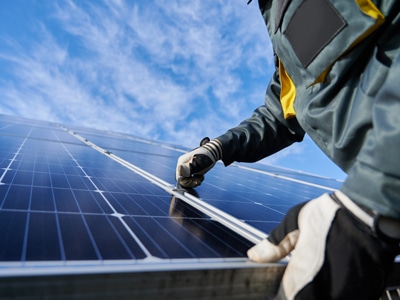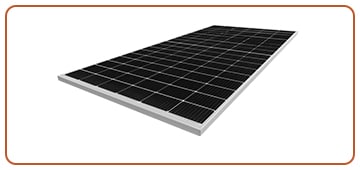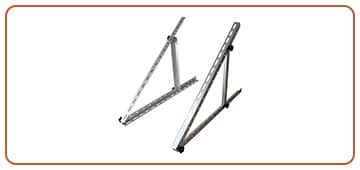Solar panels are generally self-cleaning, especially if positioned at an angle of over 15 degrees.
We advise that Solarise systems be visually inspected once a year and cleaned if necessary.
Solarise panels have a range of frames, mounts and fixings, which means that whilst the south-facing roof is preferred, north-facing roofs can still benefit. The Solarise system can be installed on any roof orientation and still achieve electricity generation targets.
The Solarise system is simple to install and will typically be completed in 1-2 days, depending on the size of the installation.
Renewable energy generation provides an excellent return on capital investment, where on average, you can expect to see a return on your investment in as little as 4 years and typically within 6 years of a Solarise installation.
This will depend on several factors, such as the building’s geographical location, orientation and pitch. Your dedicated Technical Manager will carry out detailed surveys and reports to calculate the expected energy savings and financial benefits of your Solarise installation.
Solarise comes with an industry-leading, 10-year Single-Point Guarantee. Built to last, the Solarise panels will generate at least 80% of the initial output in the 25th year.
The bespoke frame and mounting options ensure the Solarise system can be installed on any Garland UK waterproofing system. This includes bituminous membranes, metal profiles, cold-applied liquid coatings, or green roof systems.










